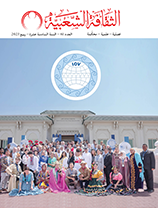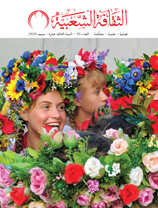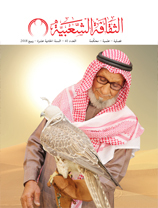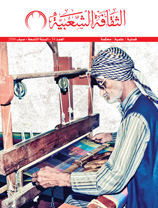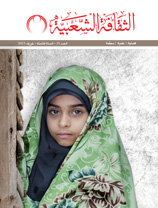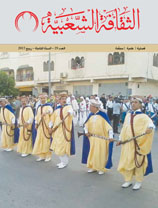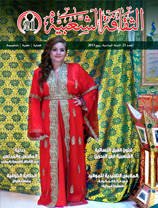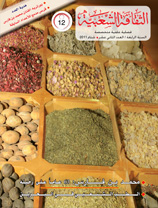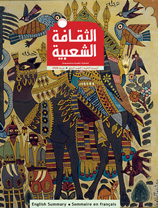Marriage Narrative in Beit Furik: Concept and Implications
Issue 58

Husni Mulaitat, Palestine
Marriage is regarded as one of the most important social practices in all countries since it is an "associative" act that brings together a man and a woman. According to those who are familiar with various cultures around the world, marriage is a "ritual" linked to religion and primordial culture, or, in the words of anthropologist Edward Taylor, the culture related to the formation of civilization in a society.
Taylor defines culture, or civilization, taken in its wide ethnographic sense, as that complex whole which includes knowledge, beliefs, art, morals, law, customs, and any other capabilities and habits acquired by man as a member of society, implying that human development is based on "containing" customs and traditions, and respecting and supporting them; for example, in Europe, every village has its own sacred customs that it conserves, making them part of its culture.
Globalization has not kept cultures from retaining certain of their primal practices that contribute, both directly and indirectly, to the preservation of their existential "identity." However, this evolution had a part in "modifying" how those cultures dealt with their shared heritage.
In Palestine, for example, marriage is no longer connected with night parties, "torch" parties, walking to the bride's house, solo singing, and so on. Instead, there is modern musical singing, a common worldwide traditional outfit, the white gown for the bride, the black suit for the groom, and wedding halls. Huge invitations, and so on, and in light of this social sharing, there is a form of "inclusion" of some of the remaining historical customs and traditions of the Palestinian wedding, such as the rituals of wedding banquets, the groom's bath, and certain folk melodies and songs. A change in how it's shown now doesn't mean that the legacy is being destroyed or abandoned. Instead, it's just how it's shown now that has changed.
The purpose of this study is to document the wedding rituals in the town of Beit Furik, which have similar rituals to wedding rituals in other villages, with minor differences in some of their customs and traditions.
The researcher will detail all those rituals, with the goal of identifying the memory of the Palestinian village and seeing how people used to make themselves happy in a time that is completely different from the time in which we live, (the time of ruins, according to Marc Auge), which contributes to giving history intuition and a value that makes it an icon loaded with connotations and meanings that express its value and importance in our time.











